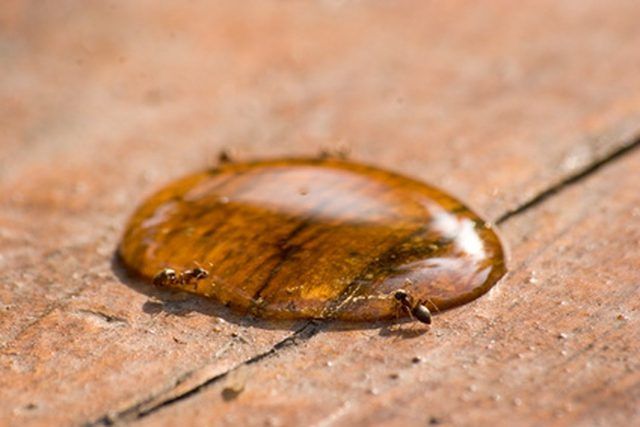Bulbs
Flower Basics
Flower Beds & Specialty Gardens
Flower Garden
Garden Furniture
Garden Gnomes
Garden Seeds
Garden Sheds
Garden Statues
Garden Tools & Supplies
Gardening Basics
Green & Organic
Groundcovers & Vines
Growing Annuals
Growing Basil
Growing Beans
Growing Berries
Growing Blueberries
Growing Cactus
Growing Corn
Growing Cotton
Growing Edibles
Growing Flowers
Growing Garlic
Growing Grapes
Growing Grass
Growing Herbs
Growing Jasmine
Growing Mint
Growing Mushrooms
Orchids
Growing Peanuts
Growing Perennials
Growing Plants
Growing Rosemary
Growing Roses
Growing Strawberries
Growing Sunflowers
Growing Thyme
Growing Tomatoes
Growing Tulips
Growing Vegetables
Herb Basics
Herb Garden
Indoor Growing
Landscaping Basics
Landscaping Patios
Landscaping Plants
Landscaping Shrubs
Landscaping Trees
Landscaping Walks & Pathways
Lawn Basics
Lawn Maintenance
Lawn Mowers
Lawn Ornaments
Lawn Planting
Lawn Tools
Outdoor Growing
Overall Landscape Planning
Pests, Weeds & Problems
Plant Basics
Rock Garden
Rose Garden
Shrubs
Soil
Specialty Gardens
Trees
Vegetable Garden
Yard Maintenance
Facts on Honey Pot Ants
Facts on Honey Pot Ants. The honey pot ant is a species of ant native to the deserts of Africa, Australia, and North America. In the United States, honey pot ants are commonly found in the deserts of New Mexico and Arizona. They get their name from their diet, which consists mainly of nectar and sweet plant fluids.

The honey pot ant is a species of ant native to the deserts of Africa, Australia, and North America. In the United States, honey pot ants are commonly found in the deserts of New Mexico and Arizona. They get their name from their diet, which consists mainly of nectar and sweet plant fluids.
Appearance
Honey pot ants measure approximately 1/4 inch to 1/2 inch in length and are dark red. Some of the ants, called "storage ants," have larger abdomens than the other honey pot ants. When filled with food, the abdomen of a storage ant can look much like a small grape.
Diet
Honey pot ants eat flower nectar and other plant fluids that are high in sugar. They also feed on other insects and aphid honeydew. Worker ants leave the nest in search of nectar, honeydew and plant secretions. They ingest the fluids and when they return to the nest, the worker ants regurgitate the fluids in order to feed the honey pot ant larvae and other members of the colony. Though honey pot ants most commonly feed on plant fluids, they also occasionally gather fluid from dead animals or invertebrates such as earthworms.
Storage
Like the worker ants, storage ants ingest honey, nectar and plant secretions, but instead of immediately feeding the other ants, the storage ants store the food within their enlarged abdomens. When food is scarce and worker ants cannot find enough food to feed the colony, the storage ants regurgitate their stored food in order to feed the colony. These storage ants hang onto the ceiling of the honey pot ant nest until they are needed. Storage ants often die after their stored food is consumed because their bodies cannot return to normal size once the food has been released.
Territory
Honey pot ants may be very territorial, with one colony engaging in a battle with another. The victor, usually the larger of the two colonies, invades the other's nest and kills the worker ants and queen. They carry the larvae and young ants to their nest and make them a part of their colony.
As Food
Occasionally, other species of ants invade the honey pot ants' nest and eat the honey pot ants because they are filled with plant fluids. Indigenous peoples of Australia have also been known to eat honey pot ants.